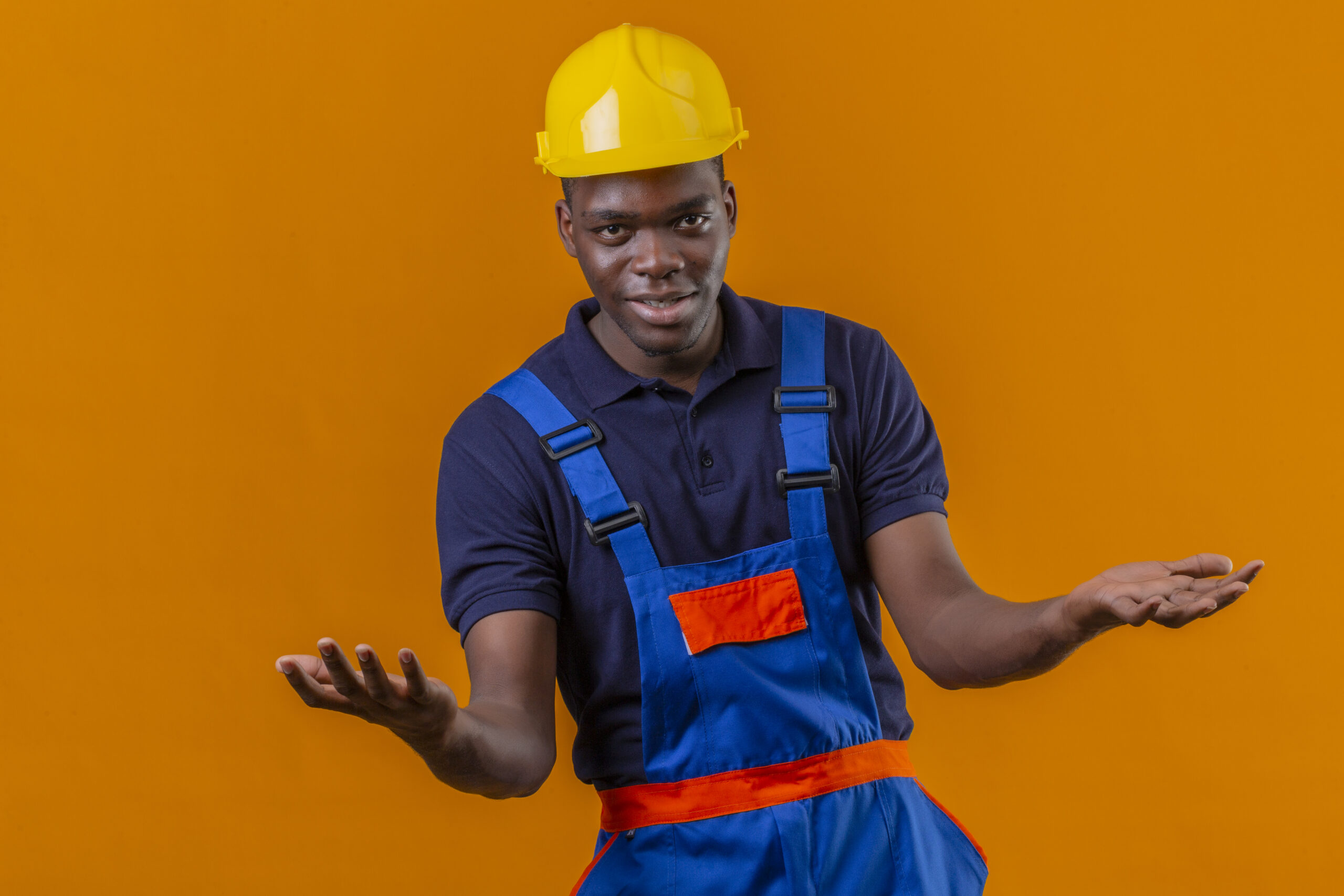As the world increasingly prioritizes sustainability, the concept of eco-friendly housing has gained traction. However, a common concern revolves around the perceived upfront costs of sustainable housing. In this article, we explore how these initial investments pave the way for substantial long-term savings, transforming the narrative of sustainable housing from a financial challenge to a strategic and environmentally responsible investment
Higher Initial Investment, Lower Monthly Bills: Sustainable housing often involves a higher upfront cost due to the integration of energy-efficient technologies. However, this initial investment pays dividends over time through reduced monthly utility bills. From solar panels to energy-efficient appliances, homeowners can witness a tangible decrease in ongoing expenses.
Energy Efficiency: The Cornerstone of Savings: A key element of sustainable housing is its emphasis on energy efficiency. Upfront costs associated with technologies like smart thermostats, LED lighting, and insulation contribute to long-term savings by significantly lowering energy consumption. The benefits are not just financial but extend to a reduced carbon footprint.
Government Incentives and Tax Breaks: Governments worldwide are recognizing the importance of sustainable living. Many offer incentives and tax breaks to homeowners investing in eco-friendly features. These financial perks serve to alleviate the upfront costs, making sustainable housing more financially accessible.
Increased Home Value: Sustainable features enhance the overall value of a home. From energy-efficient windows to eco-friendly building materials, these elements contribute to a property’s appeal in the real estate market. As the demand for sustainable living grows, so does the potential resale value of homes with eco-friendly features.
Durable Materials and Reduced Maintenance Costs: While sustainable building materials may have a higher initial cost, their durability often surpasses traditional alternatives. This longevity translates into reduced maintenance and repair expenses over the lifespan of the home, offering significant savings in the long run.
In conclusion, the upfront costs associated with sustainable housing should be viewed as an investment rather than an expenditure. By prioritizing energy efficiency, leveraging government incentives, and embracing durable materials, homeowners can unlock substantial long-term savings. Sustainable housing is not just an environmentally responsible choice; it is a strategic financial investment that aligns with the principles of a greener, more sustainable future. In making the upfront commitment to sustainable living, homeowners pave the way for a future where financial savings and environmental responsibility coexist harmoniously








